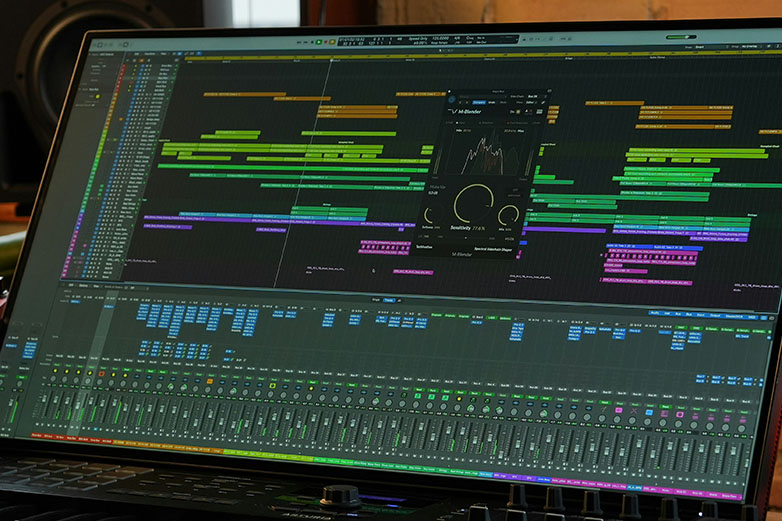
An Introduction to Music Audio Mixing and Mastering
Creating high-quality music in today’s world goes beyond recording a great performance. To make a song truly shine, mixing and mastering are essential steps. Here’s a simple guide to help you understand these processes and their importance in modern music production.
What Is Audio Mixing?
Mixing is the process of combining all the individual elements of a song—vocals, drums, guitars, synths, and more—into a cohesive track. It’s like balancing the ingredients in a recipe to ensure every flavor stands out while still working together harmoniously. Here are some key steps in mixing:
- Balancing Levels: Adjusting the volume of each track so no element overpowers another.
- EQ (Equalization): Shaping the tone of each instrument to make space in the frequency spectrum.
- Panning: Placing sounds in the stereo field (left, right, or center) to create a sense of space.
- Compression: Controlling the dynamics of a track to ensure consistent volume levels.
- Adding Effects: Enhancing the sound with reverb, delay, or other effects to add depth and character.
The goal of mixing is to make the song sound balanced and engaging across various listening devices, from headphones to car speakers.
What Is Audio Mastering?
Mastering is the final polish applied to a mixed track. Think of it as the finishing touch that ensures the song sounds great everywhere it’s played. The mastering process involves:
- Final EQ Adjustments: Fine-tuning the overall tonal balance.
- Compression and Limiting: Ensuring the track has consistent dynamics and competitive loudness.
- Stereo Enhancement: Widening or refining the stereo image.
- File Preparation: Formatting the track for distribution on streaming platforms, CDs, or vinyl.
Mastering ensures the song fits well alongside other tracks in an album or playlist and meets industry standards.
Why Are Mixing and Mastering Important?
In the modern world, listeners expect professional-quality audio. Poorly mixed or unmastered songs can sound unbalanced, muddy, or unpolished, which may turn listeners away. A well-mixed and mastered track stands out, making the most of the artist’s performance and connecting with the audience.
Benefits of Audio Internet Streaming
With the rise of audio internet streaming, artists and producers have unprecedented opportunities to share their music with a global audience. Here are some key benefits:
- Wide Reach: Streaming platforms like Spotify, Apple Music, and YouTube allow artists to distribute their music worldwide, reaching listeners in diverse regions.
- Accessibility: Streaming services are accessible on various devices, including smartphones, tablets, and smart speakers, making it easier for listeners to discover and enjoy music anywhere.
- Real-Time Analytics: Artists can track listener engagement, including play counts, demographics, and geographical data, providing valuable insights for future projects.
- Cost-Effective Distribution: Compared to physical media, streaming reduces production and distribution costs, making it easier for independent artists to release music.
- Monetization Opportunities: Platforms offer royalties based on streams, providing an income source for creators.
- Playlists and Discovery: Curated playlists and algorithms help listeners discover new music, giving artists more visibility.
- Quality Options: Many streaming services offer high-quality audio formats, ensuring that well-mixed and mastered tracks retain their fidelity.
These benefits make internet streaming a powerful tool for modern music distribution and consumption, allowing artists to connect with audiences like never before.
Final Thoughts
Mixing and mastering are art forms that combine technical skill with creativity. While they can seem daunting at first, understanding the basics is a great starting point. With practice and the right tools, you can bring your music to life with clarity and impact.
